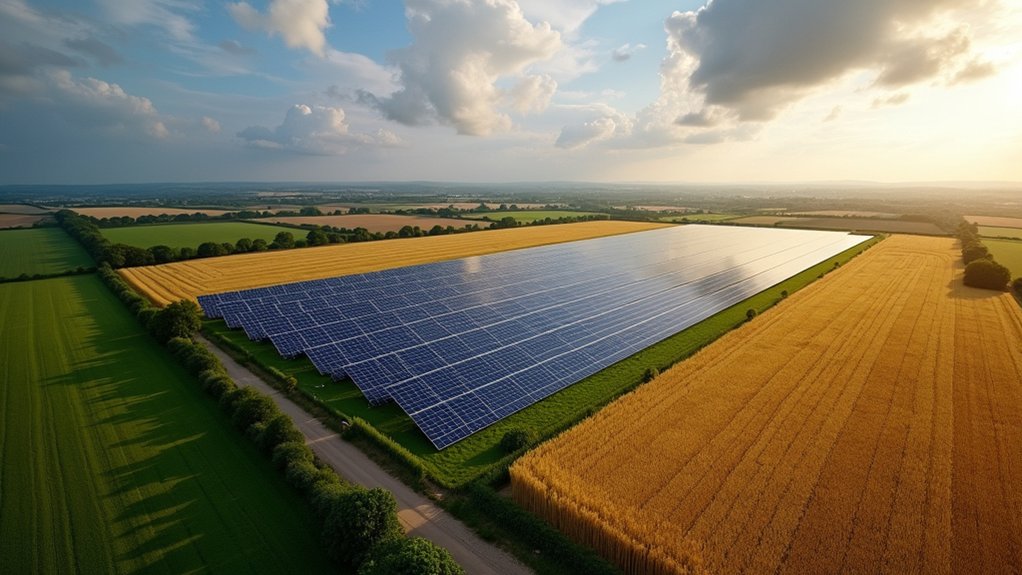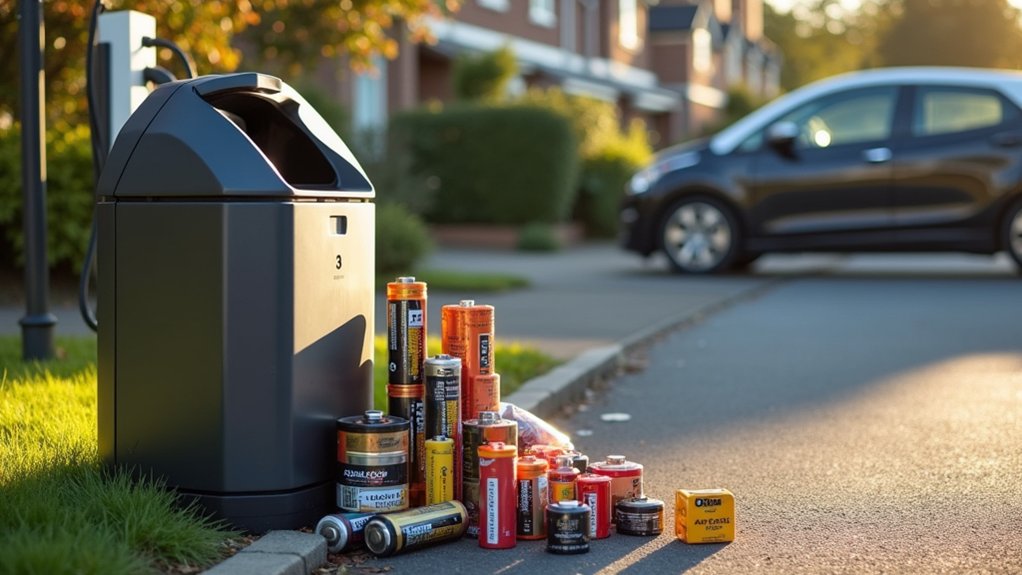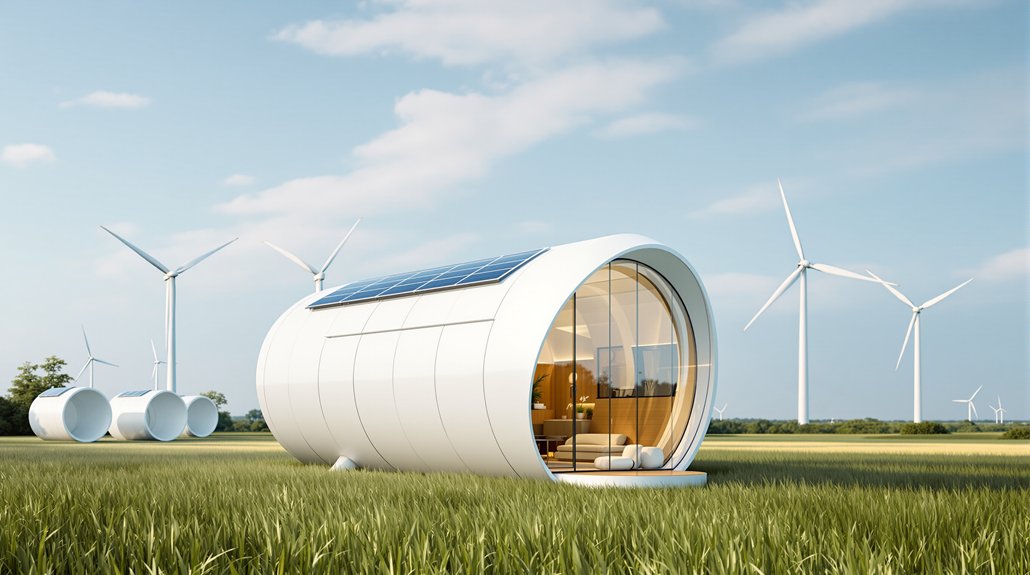As large-scale solar developments sweep across Norfolk’s countryside, local opposition groups are mobilizing against what they see as the industrialization of prime agricultural land. CPRE Norfolk has formed an Alliance of Councils and organizations to challenge several proposed utility-scale solar projects that would transform vast swathes of farmland into energy generation sites.
Among the controversial proposals is High Grove, which would become the UK’s largest solar farm—approximately 15 times larger than the current record holder. East Pye Solar has also submitted plans for a substantial solar park combined with battery energy storage facilities in South Norfolk. These installations would feature panels reaching heights of 4.5 meters, nearly as tall as two-story houses, along with security fencing, CCTV towers, and extensive access infrastructure.
Solar giants like High Grove would transform Norfolk with industrial-scale infrastructure towering over the countryside.
The scale is difficult to overlook. Unlike the modest 3.8 MWac Randolph solar farm in Massachusetts, commissioned in 2017, these Norfolk proposals represent a quantum leap in land requirements. The Norfolk County Solar Project includes 17 project documents that detail its development timeline since October 2020. The East Pye Solar project alone would occupy 1,100 hectares of land across multiple sites. Three recent applications are so substantial they must navigate the Nationally Significant Infrastructure Project process, bypassing usual local planning channels.
Opposition centers on a fundamental dilemma: renewable energy versus food security. The conversion of high-grade arable land raises questions about priorities in a nation increasingly concerned about agricultural self-sufficiency. The visual impact would dramatically alter Norfolk’s traditionally tranquil countryside, affecting public rights of way and replacing fields and meadows with industrial apparatus.
Research commissioned by CPRE from University College London suggests viable alternatives exist. Mandatory solar panels on new domestic and commercial rooftops, combined with brownfield site utilization, could generate substantial renewable capacity without sacrificing productive farmland.
The Hall and Field Barn solar farm proposal in Breckland was recently canceled, giving opponents hope. However, with pressure mounting for renewable energy expansion, Norfolk’s agricultural landscape hangs in the balance. The outcome will likely establish precedents for how Britain navigates competing imperatives of climate action and food production in the decades ahead.









